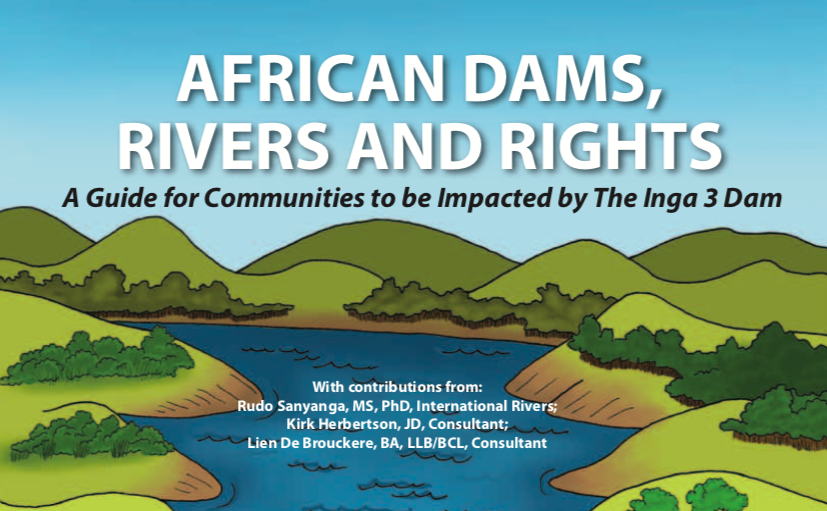The mighty Congo is Africa’s second-longest river after the Nile; in terms of flow, it’s second only to the Amazon. With a basin spanning most of the Democratic Republic of Congo (DRC) and parts of six neighboring countries, the river has been a vital lifeline for centuries, forming (with its tributaries) a vast inland waterway that allows access to places still inaccessible by road.
The river also nourishes immense biodiversity: It’s home to at least 700 fish species, and it supports the world’s second-largest rainforest. It also empties water and sediment into one of the largest carbon sinks in the world, the Congo Plume in the Atlantic.
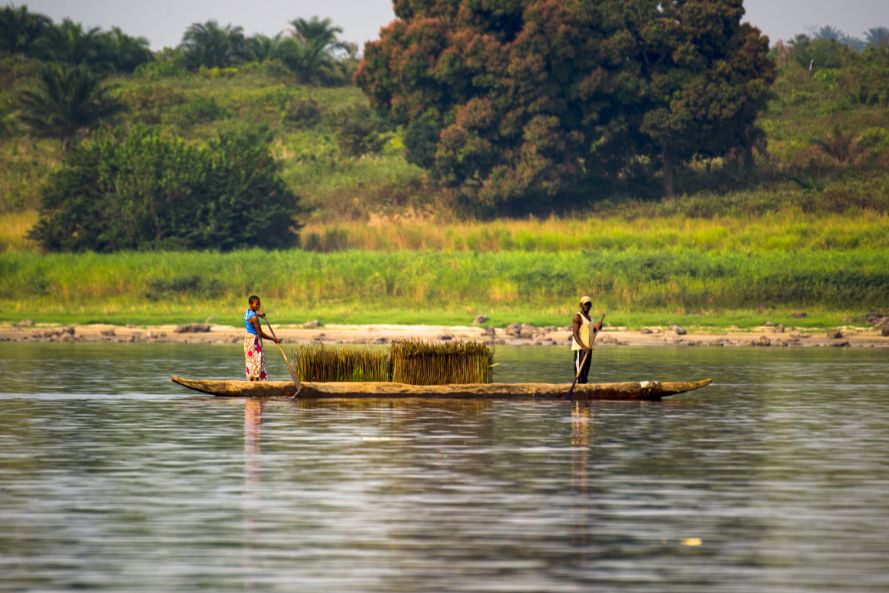
Threats to the Congo
Hydropower companies have targeted the river for decades. The country commissioned two disastrous, corruption-laden projects in 1972 and 1982: Inga 1 and Inga 2. These projects displaced thousands, destroyed livelihoods and impoverished generations while plunging the country into debt. The dams never generated the power promised: 84% of Congolese people still lack access to electricity. But the debacle inspired a civil society movement that demands reparations for displaced residents as well as just energy transition.
Our Work: Strengthening the Movement
The government continues to pursue dangerous, expensive hydropower schemes like the proposed Inga 3 dam and Grand Inga. With our partners, we have leveraged international expertise to expose the project’s fundamental flaws, successfully delaying it and changing the conversation both nationally and internationally. A vibrant and growing civil society movement, including women and Inga survivors, is working to change the country’s development path. They demand the immediate and equitable development of DRC’s other abundant resources, including solar, micro-hydro and wind power, to finally deliver much-needed energy access to the Congolese people.
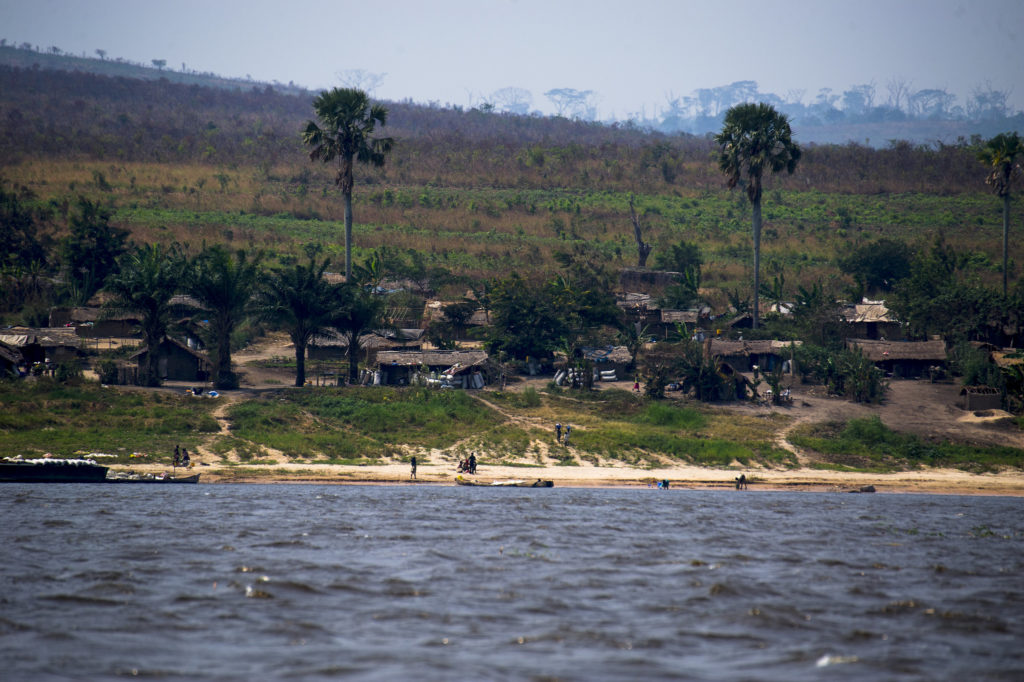
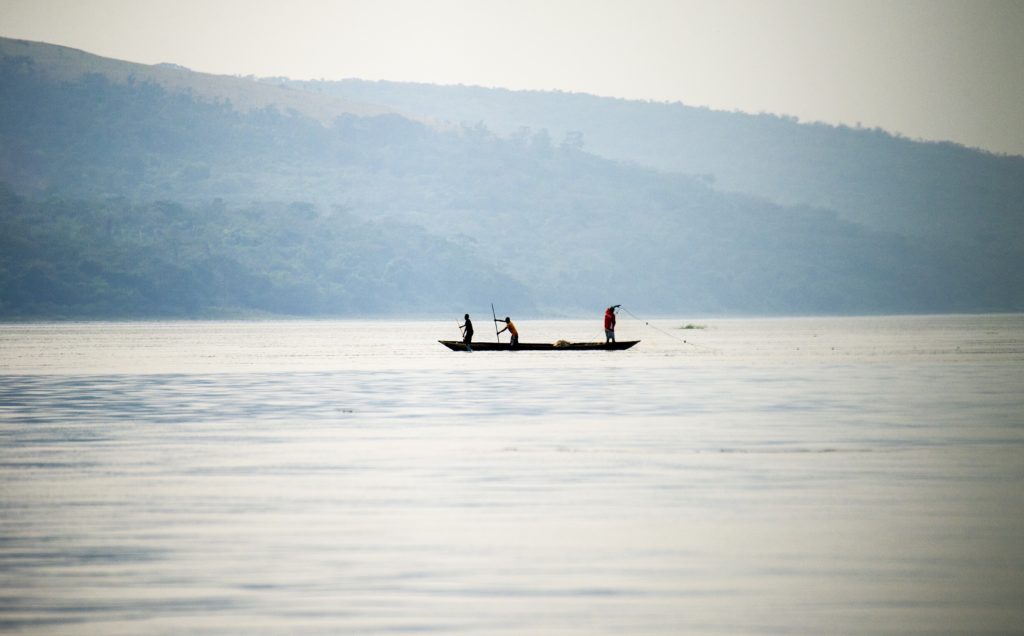
Related Resources
- Congo’s Energy Divide Factsheet (2013) (Also available in French)
Latest Updates
- What We’re Looking Forward to at the upcoming IUCN World Congress
 This October, the world’s largest nature conservation forum will convene in Abu Dhabi, United Arab Emirates from October 9 to 15. The International Union for Conservation of Nature (IUCN) World…
This October, the world’s largest nature conservation forum will convene in Abu Dhabi, United Arab Emirates from October 9 to 15. The International Union for Conservation of Nature (IUCN) World… - Who Really Benefits From Hydropower?
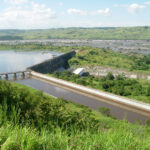 Centering communities in the debate on large-scale dams and development finance By Genny Ngende, Africa Program Senior Campaign Coordinator As part of our multi-layered advocacy strategy to expose the environmental…
Centering communities in the debate on large-scale dams and development finance By Genny Ngende, Africa Program Senior Campaign Coordinator As part of our multi-layered advocacy strategy to expose the environmental… - Press Release | World Bank Approves Controversial Inga 3 Dam in DRC Despite Steep Human and Environmental Cost
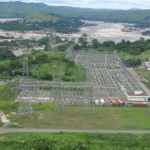 FOR IMMEDIATE RELEASE June 3, 2025 MEDIA CONTACTS: Siziwe Mota, Africa Program Director of International Rivers, smota@internationalrivers.org, +27 608351354 Emmanuel Musuyu, Executive Secretary, CORAP, emmamus023@gmail.com +243 81169 7699 WASHINGTON, DC –…
FOR IMMEDIATE RELEASE June 3, 2025 MEDIA CONTACTS: Siziwe Mota, Africa Program Director of International Rivers, smota@internationalrivers.org, +27 608351354 Emmanuel Musuyu, Executive Secretary, CORAP, emmamus023@gmail.com +243 81169 7699 WASHINGTON, DC –… - Congo River Basin Animation Series
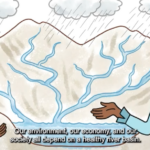 ***Français ci-dessous*** International Rivers’ Africa Program is excited to launch an animated community education series on the Congo River Basin. This animated series aims to provide easily digestible information for…
***Français ci-dessous*** International Rivers’ Africa Program is excited to launch an animated community education series on the Congo River Basin. This animated series aims to provide easily digestible information for…

